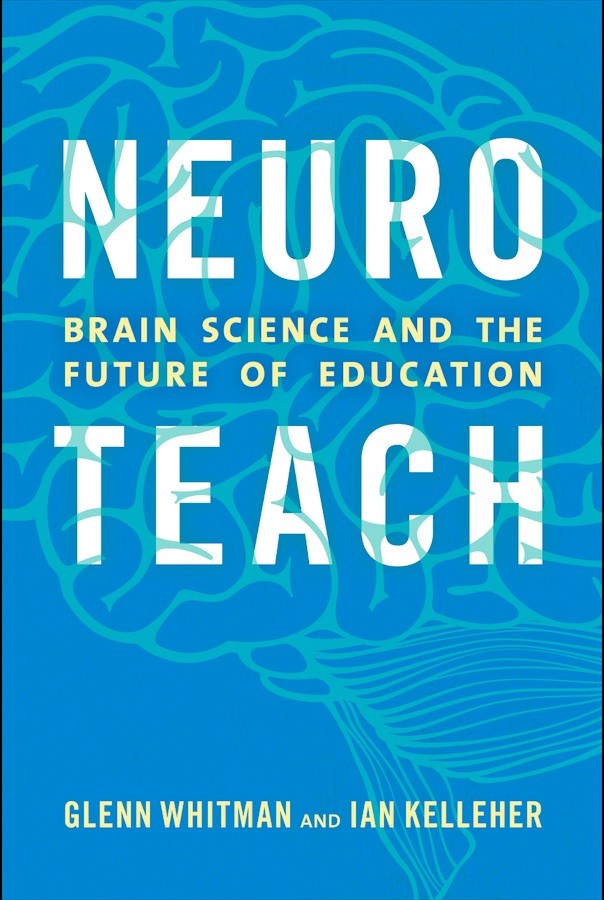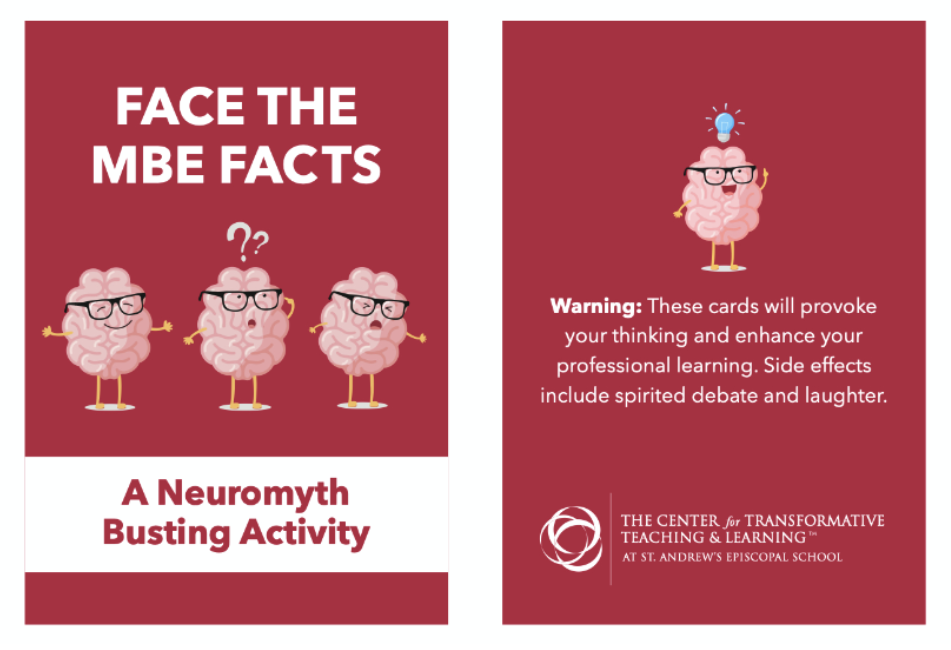
Empower Your Student to Become More Efficient, Confident and Self-directed Learners.
Neuroteach Global Student® is a set of six modules targeted to middle school, high school and early collegiate students that leverage technology and Science of Learning research to disrupt inefficient study strategies and help students become better learners.
Neuroteach Global Student® Features
After completing the NTGS evidence-based modules, students will be better prepared. Every micro-course includes:
Research-Informed
Neuroteach Global Student® is a first-of-its-kind virtual micro-learning experience that uses the Science of Learning to teach students the Science of Learning.
Built-in Science, Experiments and Missions
Neuroteach Global Student® interleaves research along with practices and behaviors for students on executive functions, sleep, mono-tasking, meta-cognition, memory, motivation, mindset, and personal health and well-being. Students will be able to test the most promising research in Mind, Brain, and Education science and apply them into their routines.
Gamified
Neuroteach Global Student® embeds the MBE research all students should know into storified and gamified experiences. Users can experience Neuroteach Global Student on a digital device of their choosing, anytime, anywhere.
Learning for Good
As students engage with Neuroteach Global Student®, and complete each chapter and mission, they accrue points that students from under-resourced schools can cash in to be able to access Neuroteach Global Student® for themselves and at no cost.
Modules Outline
- Get a snapshot of yourself as a student based on some baseline data collection.
- Bust some myths about learning.
- Explore how the idea of neuroplasticity can transform how you go about learning.
- Discover the benefits of thinking deeply and making connections when you study.
- Discover the benefits of focusing on one task at a time (“monotasking”) rather than switching between tasks.
- Learn about what’s going on in your brain when you learn.
- Discover how making predictions and making connections in class can help you be more engaged and learn more.
- Try out a new strategy for taking notes in class that helps you begin learning the material right away.
- Learn a strategy for turning your class notes into a useful tool to help you study, and practice studying this way.
- Discover the benefits of drawing simple pictures to help you learn new material.
- Discover the benefits of explaining new material to yourself (self-elaboration) as a way to help you learn.
- Try out a new strategy for taking notes on reading that helps you begin learning the material right away (the Daniel method).
- Practice turning your notes into a study tool, and using this to help you learn what you just read.
- Discover the benefits of using the keyword method to memorize words and definitions.
- Learn how your long term memory stores new information and skills, and how you can use this insight to choose better learning strategies.
- Discover the benefits of using retrieval practice to help you study.
- Use retrieval practice with your real school work.
- Discover the benefits of using spaced practice to help you study.
- Use spaced practice with your real school work.
- Set an implementation intention to help you actually follow through on your plans for studying.
- Learn how stress affects the brain.
- Practice some strategies to help you calm pre-test jitters and reset if you get derailed (box breathing, reframing, offloading).
- Discover the benefits of using strategies that help you use your time well.
- Practice using strategies to avoid falling for tricks.
- Learn how to do a post-mortem examination of your test or quiz to identify patterns and make adjustments for next time.
- Learn how deliberately making connections helps you remember material for longer and recall it more easily.
- Discover an update for how to use flashcards that helps you make connections and build more durable, usable long term memory.
- Learn how to make concept maps to help you make connections and build memory.
- Use retrieval practice, worked examples, and explaining to someone as if they were five to help you think hard and make material stick in your brain.
- Learn how to tweak your study environment in ways that have a positive impact on your learning.
- Get an updated snapshot of yourself as a student based on post-program data collection.
- Solidify your knowledge of each NTGS learning strategy with some spaced retrieval practice.
- Make sure common myths about learning are well and truly busted.
- Practice your new toolkit of learning strategies by guiding a student avatar through a series of real-school scenarios.
The Neuroteach Global Student ® Approach
Neuroteach Global Student (NTGS) puts the best research on what helps the brain learn directly into the hands of students. NTGS helps each student understand their current areas of learning strengths and challenges and helps build self-efficacy by making the science of studying come to life in simple ways they can use every day.
The NTGS approach includes:
- Strategies supported by the best research on the science of learning
- Lessons developed by a team of classroom teachers with input from
students and researchers - High impact strategies taught using multiple modalities
- Real-world missions to apply strategies to current schoolwork
- The option to let the student choose their own path through the modules
- Brain Lab experiments to see how well each strategy works, and support to
help students adapt it to their needs - Help with planning how to apply learning, unpacking how it went, and what might come next
TAKE THE NEUROTEACH GLOBAL STUDENT® DEMO

Understanding how the brain works is critical to becoming a better learner. It’s important to note that when you are learning, important changes take place in your brain, including the creation of new connections between neurons. This phenomenon is called neuroplasticity. The more you practice, the stronger these connections become. As your connections strengthen, your brain works more efficiently to retrieve information and this is how you become better at learning.
Let’s put this to the test! Take the Neuroteach Global StudentTM demo below for a demonstration on how you can use connections you already have in your brain to better retrieve information and learn new things more effectively.
TESTIMONIALS



Neuroteach Global® Public Access Program
Neuroteach Global® Public Access Program” column: The Neuroteach Global® Access Program was created as a way to support public schools and districts throughout the United States by offering complimentary access to the Neuroteach Global Student.
MORE MBE TOOLS
FREQUENTLY ASKED QUESTIONS
For a long time, we’ve known about simple strategies that help all students learn. These strategies haven’t made it into classrooms in a widespread way, signaling a failure in the status quo when it comes to communicating them.
Learning Sciences are traditionally delivered to teachers and other educational leaders through professional development programming. Teachers often feel too busy to integrate these concepts into their teaching, or ill-equipped to master the concepts as they’re presented. Neuroteach Global is designed to overcome these barriers, offering teachers a portable, flexible way to learn and test their new skills. It is the first program to use the Science of Learning to teach the Science of Learning.
Research tells us that teacher quality is the most important factor in our control that affects a student’s education. It also tells us that teacher effectiveness plateaus after 2-3 years, unless the school has a high-quality PD environment. Neuroteach Global can improve teacher quality at all levels and engagement states. It provides a roadmap and a sense of urgency, modeling the teaching and assessing in multiple modalities to engage teachers in the most promising research to enhance teacher quality and student outcomes.



